
Cow’s milk or not? In the scientific literature, we can find both defenders and detractors…
There is both animal and vegetable origin, although the latter has ceased to be called milk to be called vegetable drinks. In this article, we tell you which of them is the best.
Contents
Types of cow’s milk
We will start with the best-known. We have consumed cow’s milk during childhood and adolescence, and, in many cases, we continue to drink it as adults. It provides protein, carbohydrates, and fat. It is also a good vitamin D and calcium source, two essential nutrients for bone health.
Even though not all adults drink milk for breakfast or snacks, they consume milk products such as yogurt, cream, or butter. In addition, cow’s milk is also present in specific preparations, such as ice cream, cakes, or creams.
The different types of milk that we can buy in the market are:
1. Whole milk
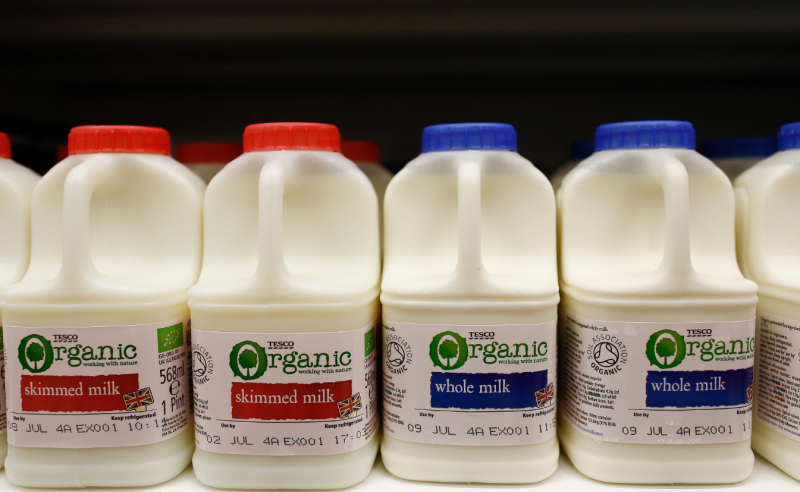 It contains a large amount of fat and is the one with the best flavor for most. The percentage of cholesterol is high. However, this is not usually problematic since the endogenous production of cholesterol depends on the exogenous contribution. On the other hand, it is the one that contains the most amount of vitamin D since it is a fat-soluble vitamin. It is usually consumed by:
It contains a large amount of fat and is the one with the best flavor for most. The percentage of cholesterol is high. However, this is not usually problematic since the endogenous production of cholesterol depends on the exogenous contribution. On the other hand, it is the one that contains the most amount of vitamin D since it is a fat-soluble vitamin. It is usually consumed by:
- Children.
- Adolescents in the development stage.
- Women with an intense sports routine.
- Pregnant women.
- Athletes in general.
2. Semi-skimmed milk
Also called semi-skimmed, its main feature is that its original fat content has been partially removed. It is the same whole milk but a little lighter, with a less intense flavor. It is less caloric but also less rich in vitamins.
3. Skimmed milk
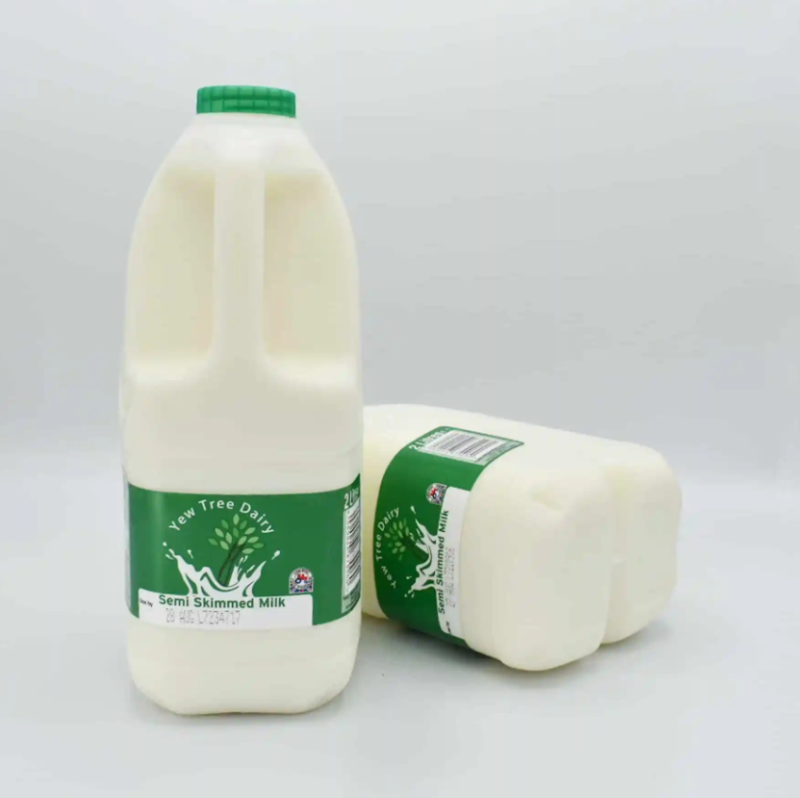 It contains hardly any fat
It contains hardly any fat
It is a milk lacking in vitamin D due to the absence of fat.
4. Lactose-free milk
Adults with lactose intolerance consume this milk since it is easy to digest. However, it keeps the fat from whole milk.
We can find it enriched in other nutrients for people with special requirements.
5. Light milk
 It is not the same as skimmed milk. In this case, the fat is reduced by almost 40%, providing about half the calories of whole milk.
It is not the same as skimmed milk. In this case, the fat is reduced by almost 40%, providing about half the calories of whole milk.
6. Milk with Omega-3
It has been designed to prevent cardiovascular problems. A linoleic fatty acid is added to it with a host of benefits. Some of the most prominent are:
- Visual and neural development.
- Anti-inflammatory.
- Insulin reduction.
- Regulation of blood pressure.
It is recommended for people over 65 and patients prone to heart disease.
7. Fortified milk
It has a higher dose of minerals (especially zinc and iron). Although it was created for children with nutritional deficiencies or in their early stages of growth, its consumption is also recommended for people with anemia.
Types of vegetable drinks
To choose which milk to consume, we must know that, besides cow’s milk, there are other alternatives called vegetable drinks.
If you want to start consuming this type of drink, you can choose the one you like the most or the one that gives you the most significant benefits. The options are:
1. Soy drink
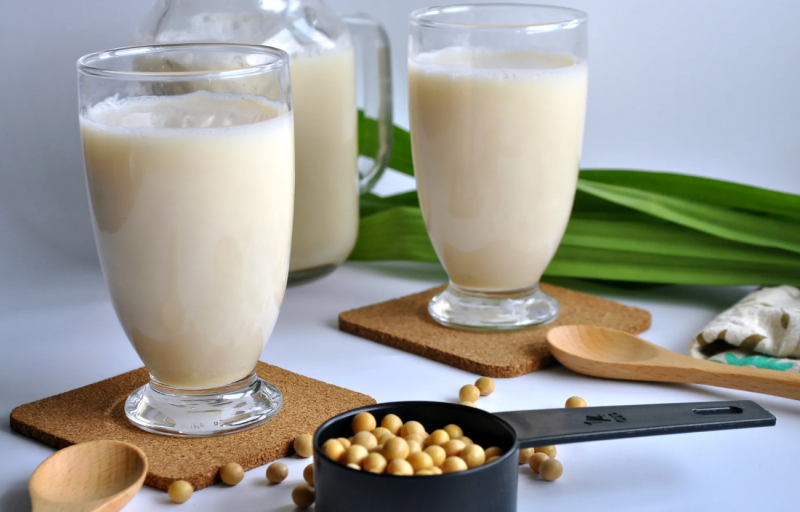 After cow’s milk, it is undoubtedly the most popular. Its yellowish-white color and its properties make it a vegetable alternative for those who do not consume products of animal origin.
After cow’s milk, it is undoubtedly the most popular. Its yellowish-white color and its properties make it a vegetable alternative for those who do not consume products of animal origin.
It is rich in calcium and has a consistency similar to animal milk. However, observing the label before buying it is necessary since many of these drinks have too high a sugar content.
2. Rice drink
It is one of the most affordable because this cereal can be purchased quickly and cheaply. One of the negative aspects is its low protein content; although its fats are unsaturated, it provides twice as many carbohydrates as cow’s milk.
Another disadvantage is that it does not contain calcium or vitamins A and C.
3. Oat drink
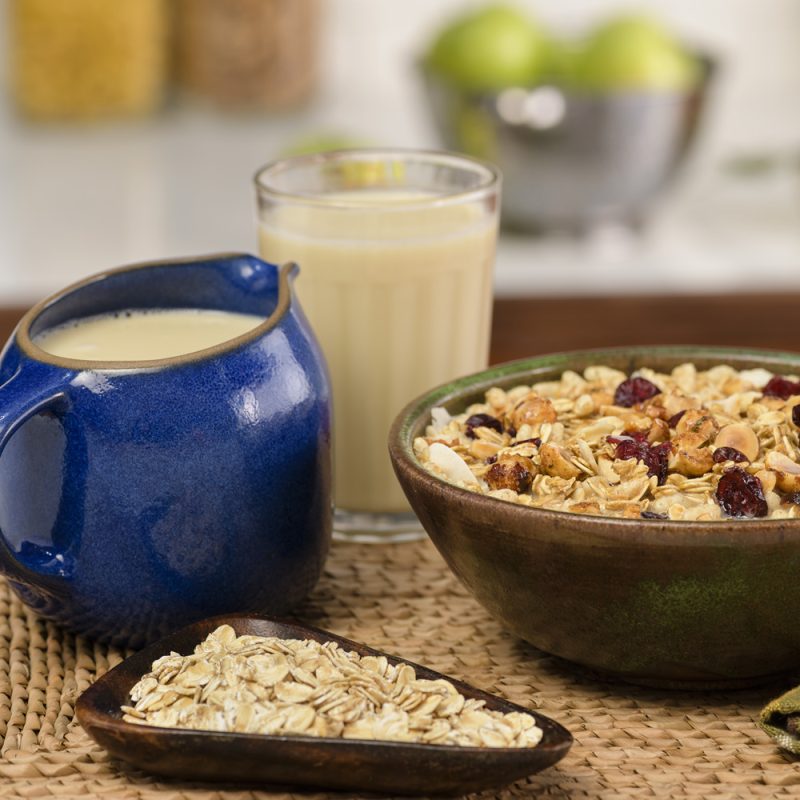
It is prepared with oat flakes, rapeseed oil, and water. In terms of calories, it is similar to the milk we buy in the market. Its contribution to Father to that of skimmed milk.
However, it does not contain calcium but fiber, iron, and folic acid.
4. Wheat drink
It has the same fat as skimmed milk but is primarily unsaturated. It is richer in carbohydrates. It is not recommended for celiacs due to its high gluten content. It does not provide calcium.
5. Almond drink
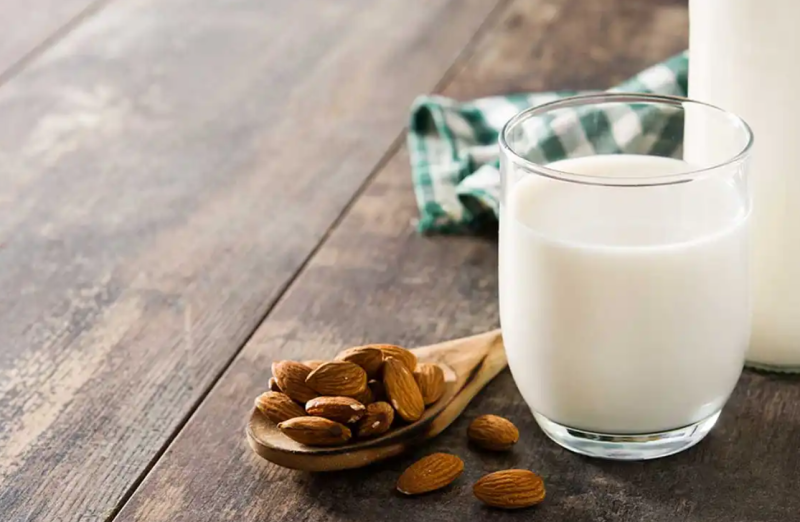
It is consistent with cow’s milk and is prepared with ground almonds. Its protein content is shallow, and its fat levels are identical to skimmed milk. Although this nut provides a lot of calcium, the same does not happen with your drink.
It is a good substitute for those who do not want to consume soy. Studies affirm that almond milk is the most nutritious of this group, thanks to its high content of essential fatty acids, high-value proteins, calcium, magnesium, and phosphorus.
6. Flax drink
It is prepared with the oil of the cereal and not with its seeds. It is rich in Omega-3 fatty acids and polyunsaturated fats. It is an excellent alternative for vegans.
7. Coconut milk

It is prepared with the fruit’s pulp and is not the same as coconut water (the liquid inside). It is pretty caloric, protein, and fatty but low in calcium. The good thing is that it is lactose-free and gluten-free, it provides little cholesterol, and its fat is easy to digest.
8. Hazelnut drink
Similar to almonds, it has few proteins and fats. About carbohydrates, it provides the same as whole milk. Does not contain calcium.
What is the best milk?
Within this extensive range of products, we are left with whole milk. In the first place, for its contribution of macronutrients, an exciting amount of protein of the highest quality and fat. Plus, it doesn’t have a lot of sugar. On the other hand, it has exciting vitamin D and calcium levels. Considering that this vitamin deficiency is an endemic problem, it is interesting to increase the consumption of products that contain it.
Except for exceptional intolerance or specific situations, this is the best product of all those mentioned. Of course, it is the most caloric. Therefore it must be consumed in moderation to avoid unwanted weight gain.
On the other hand, within the group of vegetable drinks, almond milk stands out for its high content, compared to rice, oatmeal, and coconut drinks. However, this type of milk should be avoided in young children and infants.
Milk as a source of macronutrients
As you can see, milk is one of the most complete foods in the nutritional context. Its supply of proteins, carbohydrates, and fats is crucial for growth and development. In addition, it contributes to the maintenance of bones and the internal balance of the human body.
In this sense, knowing which is the best milk helps us be more careful with our diet and try to eat quality products. Remember to consult with a specialist before making changes to your daily diet.